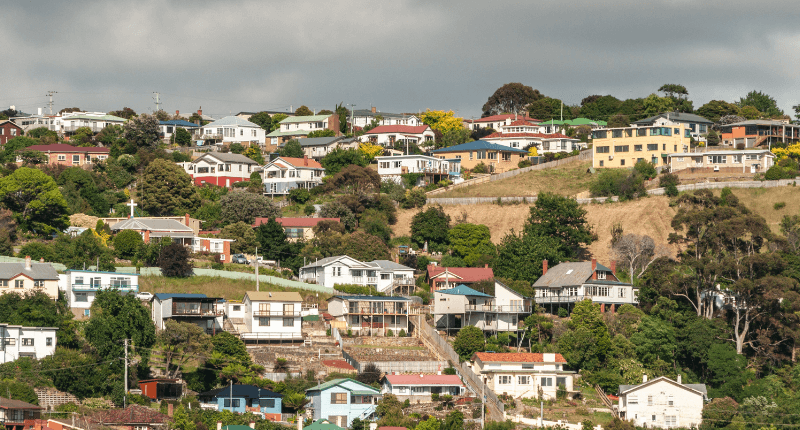- 29,78 new homes were built across Sydney during 2019-20
- This is 8% lower than the previous year
- Intergenerational report states 42,000 new homes need to be built annually
Renewed calls to bolster housing supply in New South Wales have been made again by the Property Council of Australia (PCA) who have raised concerns over the recently released housing data.
The Metro Housing Monitor data has been released by the NSW Department of Planning and Environment, which shows new housing supply is well below targets set by the Intergenerational Report.
According to the data, 29,785 new homes were built in Sydney over the 2020-21 financial year – 8% lower than the 32,464 homes completed during 2019-20.
Blacktown recorded the most completions of all the local government areas with 4,793. Mosman saw just 17 completions.
Metropolitan Housing Monitor – completions

During the last 12 months, 39,865 approvals were recorded with 16,758 for detached housing, 7,398 for medium density and the remaining 15,709 for high-rise approvals.
Completions over the previous five years has been 181,644 – just over 36,000 per year.
The forecast completions over the next five years is even less at 154,550 – or 30,910.
The Intergenerational Report states 42,000 homes need to be built per year to meet demand, meaning this year along the number of new homes was 12,000-plus below target, which is further worsened by the existing undersupply of 50,000 homes.
“Without immediate action, aspiring homeowners and renters will suffer ongoing and increasing housing affordability challenges,” said NSW Property Council executive director, Luke Achterstraat.
“Year after year, more and more Australians give up on their dream to own a house and it’s time for that to change.
“These figures are yet another warning that a failure to tackle the housing supply and affordability issues now will leave a multi-generational impact on those looking to enter the housing market.
Luke Achterstraat, Property Council NSW
“A failure to address the housing supply issue will only compound housing affordability issues in the long run.”
A few months ago, the Property Council conducted a survey in conjunction with ANZ which showed that housing supply and affordability was the property-related issues respondents felt state governments should focus on.
“As we move out of the immediate health challenges from the pandemic, priority and attention needs to focus on the way in which the property industry can lead the state’s economic recovery through the delivery of increased housing supply,” added Mr Achterstraat.
“Now is not the time to be complacent, we must act with urgency and reignite our focus on housing supply if we are to stave off locking the next generation out of home ownership.”








